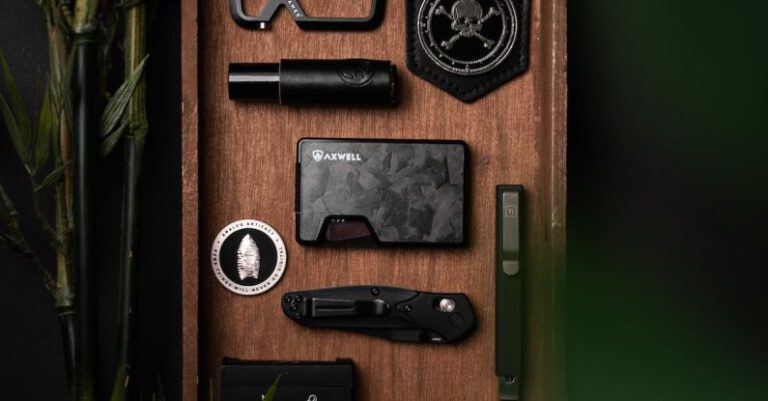How to Design a Functional Laundry Room?
Having a well-designed and functional laundry room can make a world of difference in your daily chores. It can save you time, energy, and even money. If you’re thinking of renovating or designing a new laundry room, here are some tips to help you create a space that is both practical and aesthetically pleasing.
Consider the Layout
Before diving into the details, it’s important to consider the layout of your laundry room. Take into account the size and shape of the room, as well as the location of existing plumbing and electrical connections. Aim for a layout that allows for easy movement and efficient use of space.
Maximize Storage
One of the most important aspects of a functional laundry room is ample storage. Include cabinets, shelves, and hooks to keep all your laundry essentials organized and within reach. Install overhead cabinets to store detergent, fabric softener, and other cleaning supplies. Consider adding open shelves for easy access to frequently used items like laundry baskets and ironing boards.
Invest in Quality Appliances
Investing in quality appliances is essential for a functional laundry room. Choose a washing machine and dryer that meet your needs in terms of capacity, energy efficiency, and features. Front-loading machines are generally more efficient and allow for more storage options above them. If space is limited, consider stackable appliances or compact models.
Designate Work Zones
To optimize efficiency, designate different work zones in your laundry room. Create a sorting area for pre-treating stains, a washing area with a countertop for folding clothes, and a drying area for air-drying delicate garments. By organizing your laundry tasks into specific zones, you’ll be able to move smoothly from one task to another without wasting time and energy.
Ensure Adequate Lighting
Good lighting is crucial in a laundry room to ensure accurate sorting, stain removal, and folding. Consider installing both ambient and task lighting. Ambient lighting can be achieved with overhead fixtures or recessed lights, while task lighting can be provided by adding under-cabinet lights or a pendant light above the folding area. Natural light is always a plus, so if possible, incorporate windows or skylights into the design.
Choose Durable and Easy-to-Clean Surfaces
Laundry rooms are prone to spills, stains, and constant use. To ensure durability and ease of cleaning, choose surfaces that can withstand moisture and frequent cleaning. Opt for waterproof flooring like tile, vinyl, or laminate. Install a backsplash behind the sink to protect the walls from splashes. Consider using quartz or laminate countertops, as they are resistant to stains and are easy to wipe clean.
Enhance Air Circulation
Laundry rooms can become humid and stuffy due to the constant use of washing machines and dryers. To prevent mold and musty odors, ensure proper air circulation. Install a ventilation fan or consider a window that can be opened. If space allows, add a ceiling fan to improve airflow and keep the room cool.
Incorporate Personal Touches
While functionality is key, don’t forget to add personal touches to make your laundry room feel inviting. Paint the walls in a color that uplifts your mood or add a wallpaper accent wall. Hang artwork, place potted plants, or install a small television to make the space more enjoyable.
In conclusion, designing a functional laundry room requires careful planning and consideration. By maximizing storage, investing in quality appliances, creating designated work zones, ensuring adequate lighting, choosing durable surfaces, enhancing air circulation, and incorporating personal touches, you’ll be well on your way to creating a laundry room that is not only functional but also a pleasure to use. So, roll up your sleeves and get ready to design a laundry room that will make your daily laundry tasks a breeze!






